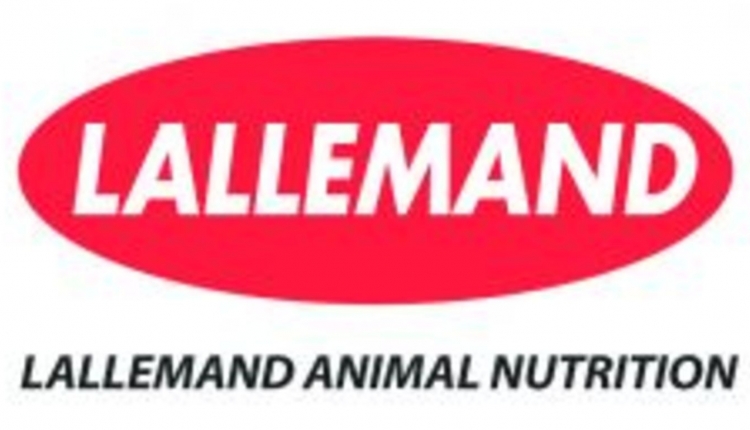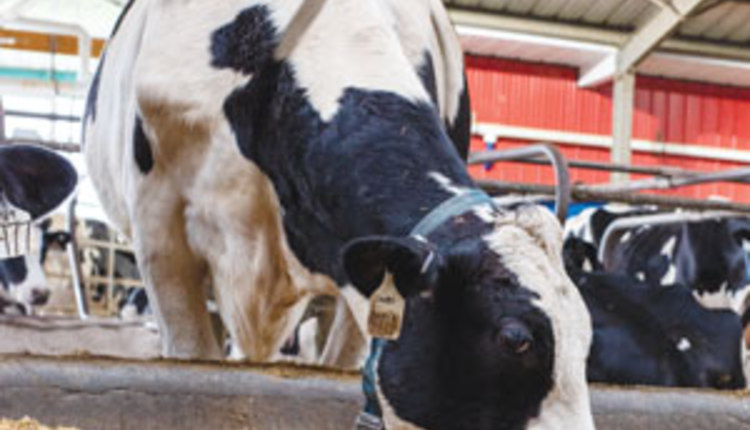The author is the founder of DNMCmilk, which works with dairy producers and heifer growers in several regions of the U.S. and around the world.

Sometimes we must slow down to see important details about dairy cows. So many things cows tell us with their behavior can only be seen with a trained eye and a slow walk.
One of my mentors in dairy nutrition had such an eye. Many times, as we were walking pens together, I would realize that I had unknowingly left him behind a bit as he had stopped to look at something more closely. He had seen something important that I had missed. Stopping to gaze more intently is where the magic happens.
As dairies have gotten larger, this process is certainly more challenging. To be successful in truly seeing cows, we must train employees to help identify potential issues. Several technologies are also helping be the eyes and ears for us as we attempt to manage larger populations of animals.
There is one cow behavior that I wonder if we truly evaluate enough, and it is quite elementary: cud chewing. We all know it is important, and would claim that we evaluate it each time we look at cows, but do we really?
Back to the basics
I sometimes wonder if we get overwhelmed with so many new and exciting measures available on a modern dairy farm that we might forget to stop and just watch a few cows chew. It is actually quite relaxing to set aside a few minutes to simply focus on cows and their chewing behavior.
Going back to freshman year dairy nutrition class, we tend to focus on the percentage of cows chewing at any one time. This is what we were taught to do.
But is this enough?
The literature would suggest that around 70% of cows that aren’t asleep, eating, or drinking should be actively chewing their cud. Per other recommendations, around 40% of cows in a group should be chewing.
These recommendations are based on the estimated time of total chewing behavior of approximately seven to eight hours per day. One challenge with this is that since cows in a particular pen at a modern dairy are all on the same schedule, it might depend on when you observe that group relative to feeding time, resting time, and milking time. So, we must be careful with this as compared to broader goals that might apply to cattle in general.
One cow at a time
The next step is to consider individual cows. This may seem impossible, since there would be so many to consider. But start with just a few cows and see what you learn.
Find a comfortable place to stand in the pen, trying as much as possible to not be a distraction to resting cows. When I teach this technique to clients and farm employees, real cow people sometimes see something they have never noticed before. There is often a look of amazement in their eyes. Others may say that they have been seeing this their whole lives.
The ripple in the neck is what so many have missed. We usually look and see cows chewing as a group, but the goal is to watch a cow not currently chewing and see the entire event from start to finish.
The trick is to watch a cow that is actively chewing. Keep your eyes focused only on that cow until it swallows. Then, wait a minute for the magic to start again with a distinct ripple in the neck that starts low and moves up. After a short pause, the cow starts the steady chewing once again.
A neat side note here is that any ruminant follows this same pattern. I have even observed this in small exotic ruminants in zoos and wildlife parks.
Okay, that was really cool, but what’s next? Where is the value in this process?
The data to be collected here is how many chews the cow makes before swallowing.
The general principle is that the higher the roughage level and the longer the physical form of that roughage, the more chews will be required to swallow. Yes, there is published data on this! Some sources say that chews per cud should be around 60, plus or minus 10, to indicate a correct roughage level in a dairy cow. This can be herd-specific and should be mostly evaluated for trends as opposed to comparisons between different dairies on different forage types, amounts, and various processing techniques. One might think of this process as a potential corroboration of physically effective neutral detergent fiber (peNDF) as measured with a Penn State Particle Separator.
For sure, this same data can be collected with wearable and rumen indwelling measurement devices and over more animals. But there is something special about watching a cow process the diet with peaceful determination.
Why all the effort for the cow? Well, the hole that the entire diet must eventually pass through is pretty small. The repeated chewing makes more of the forage particles accessible to the microbial action in the rumen, and once that potential digestibility is reached, the smaller and less buoyant particle falls down to the bottom of the rumen and is pushed out through a surprisingly small hole. Amazing!
Changes to the diet
What is the practical application of all of this fun science? If feed intake is too high and hurting feed conversions, watch some cows chew and see where they fall in the spectrum. If they are at the lower end of the 50 to 70 chews per cud range, consider adding longer material to the diet or simply up the forage percent.
If you find wide variations between cows where some are at 50 and others are closer to 70, perhaps you have a sorting issue, and all cows are not eating the same diet. If milk yield is sluggish and butterfat values are higher than expected with low intakes, maybe your cows are working too hard at more than 70 chews per cud and your diet would be better with less forage and either more high-fiber, processed by-products or even more starch.
Even though there is data to support these ideas, much of this lends itself to the “art” side of feeding cows. It has to do with everything from good crop genetics, chopping at harvest, good forage analysis, excellent ration formulation, and, last but not least, accurate loading, mixing, chopping, and feeding.
I must say that finding a comfortable place to sit and watch cows chew is almost relaxing and nearly therapeutic in the middle of a big day visiting farms and walking dairy cow pens. Slow down for a few minutes, put some nice music in your ear buds, and count chews. Not only will you come away with some good data to help you feed cows better, but you will also be reminded of the intricacies of this amazing animal we have chosen to feed and care for.










